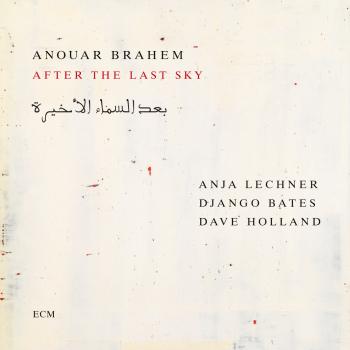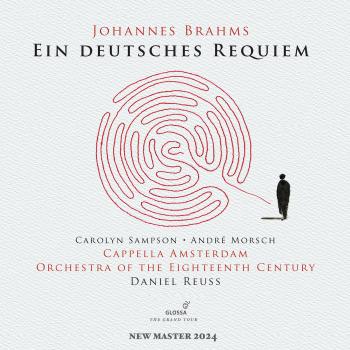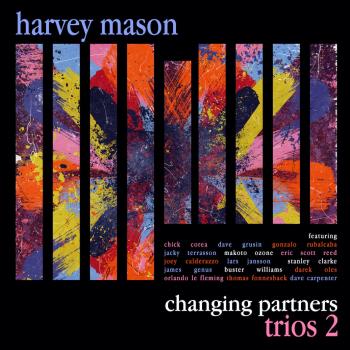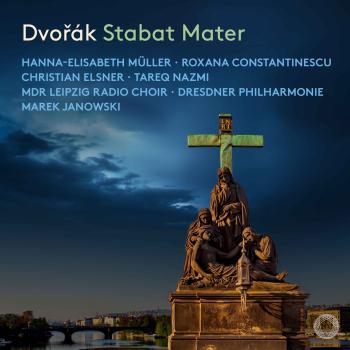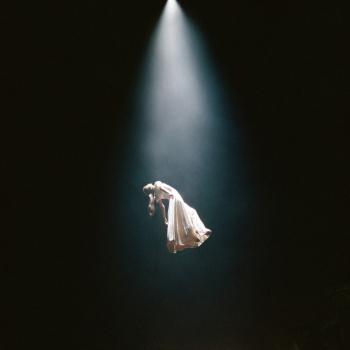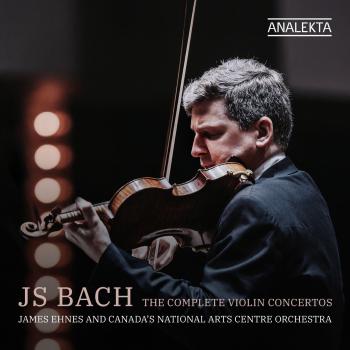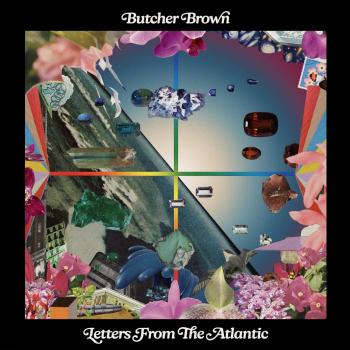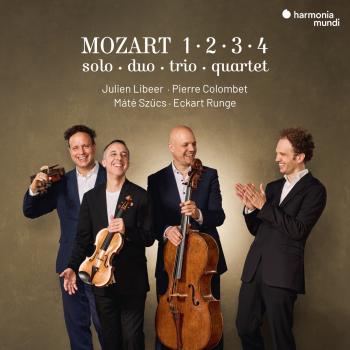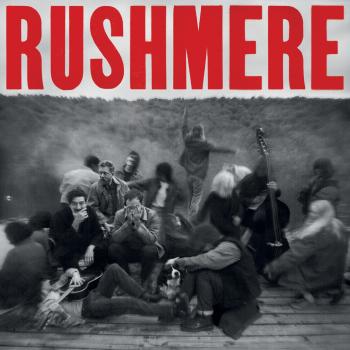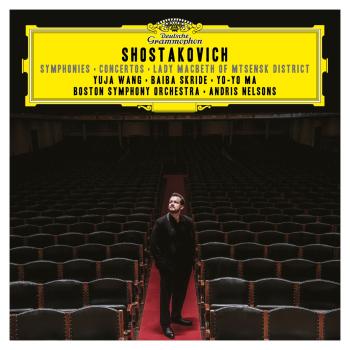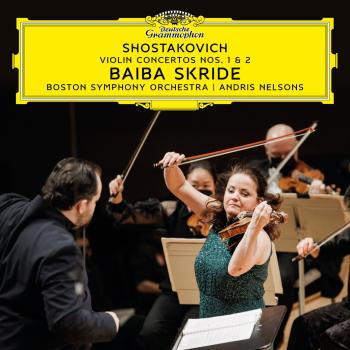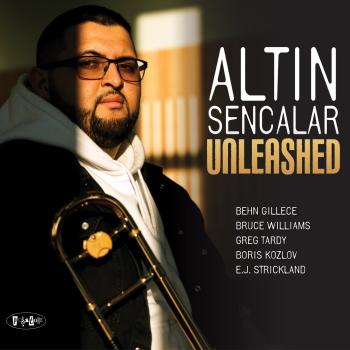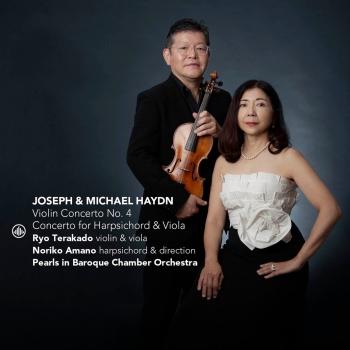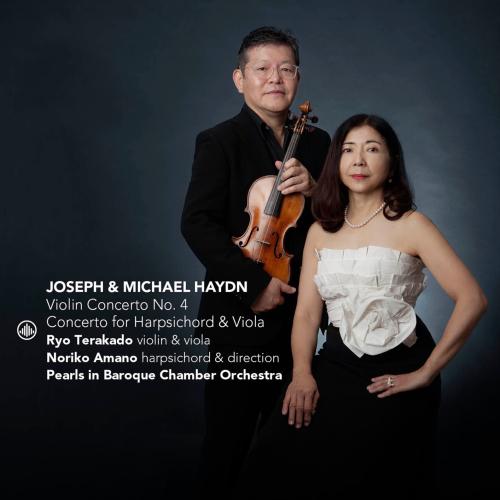
Joseph Haydn: Violin Concerto No. 4 / Michael Haydn: Concerto for Viola and Harpsichord Noriko Amano, Ryo Terakado & Pearls in Baroque Chamber Orchestra
Album Info
Album Veröffentlichung:
2023
HRA-Veröffentlichung:
02.02.2024
Label: Challenge Classics
Genre: Classical
Subgenre: Concertos
Interpret: Noriko Amano, Ryo Terakado & Pearls in Baroque Chamber Orchestra
Komponist: Joseph Haydn (1732-1809)
Das Album enthält Albumcover Booklet (PDF)
- Joseph Haydn (1732 - 1809): Violin Concerto No. 4, in G Major (Hob. VIIIa/4):
- 1 Haydn: Violin Concerto No. 4, in G Major (Hob. VIIIa/4): I. Allegro Moderato 09:31
- 2 Haydn: Violin Concerto No. 4, in G Major (Hob. VIIIa/4): II. Adagio 06:22
- 3 Haydn: Violin Concerto No. 4, in G Major (Hob. VIIIa/4): III. Prestissimo 03:49
- Concerto for Harpsichord and Viola in C Major (P 55, MH 41) :
- 4 Haydn: Concerto for Harpsichord and Viola in C Major (P 55, MH 41) : I. Allegro Moderato 12:59
- 5 Haydn: Concerto for Harpsichord and Viola in C Major (P 55, MH 41) : II. Adagio 10:18
- 6 Haydn: Concerto for Harpsichord and Viola in C Major (P 55, MH 41) : III. Allegro 08:18
Info zu Joseph Haydn: Violin Concerto No. 4 / Michael Haydn: Concerto for Viola and Harpsichord
Joseph Haydn (1732–1809) schrieb vier Violinkonzerte, von denen nur drei erhalten sind (Nr. 2 ist verschollen). Eines davon ist das Violinkonzert in G-Dur, Hob. VIIa / 4, auch bekannt als Violinkonzert Nr. 4. Es wurde um 1769 komponiert, als er Kapellmeister am Hof von Esterházy war, und ist in seinem Stil typisch für Haydns Konzerte dieser Zeit: sehr ähnlich zum Beispiel seinem Cellokonzert in C-Dur. Die Orchesterbesetzung ist nur für Streicher. In diesem Konzert bietet Haydn eine umfassende Darstellung der Aspekte und Reize der Violine mit eleganter Schlichtheit.
Michael Haydn (1737–1806) war einer der erfolgreichsten Komponisten von Kirchenmusik im späteren 18. Jahrhundert. Er war der jüngere Bruder von Joseph Haydn und ein enger Freund von Wolfgang Amadeus Mozart (1756–1791). Das Konzert für Cembalo (oder Orgel) und Viola ist ein frühes Werk, das zwischen den Jahren 1757 und 1762 entstand, als Haydn Kapellmeister des Bischofs von Großwardein in Ungarn (heute Oradea in Rumänien) war.
Die Kombination von Cembalo und Bratsche ist in der Barockmusik sehr selten. Obwohl Michael Haydn beispielsweise die Kombination von Violine und Cembalo in Betracht gezogen hätte, unterstützt der warme Klang der Bratsche das Cembalo perfekt.
Ryo Terakado, Violine, Viola
Noriko Amano, Cembalo, Leitung
Pearls in Baroque Chamber Orchestra
Ryo Terakado
was born in 1961 in Santa Cruz, Bolivia. He started to play violin at the age of 4, and won 2nd prize in the All Japan Youth Musical Competition when he was 14. Ryo studied violin, chamber music and conducting at the Toho Gakuen School of Music. In 1983, he took third prize in the All Japan Music Competition. Upon graduating from Toho Gakuen, he was invited to become concertmaster of the Tokyo Philharmonic Orchestra, a position he held for two years.
Meanwhile, Ryo’s interest in Baroque music had been developing for some time: at the age of 19, he started to teach himself Baroque violin, and in 1985, he moved to the Netherlands to study the instrument at the Royal Conservatory in The Hague under the guidance of Sigiswald Kuijken, receiving a soloist diploma in 1989.
Since 1987, he has performed as concertmaster with Baroque orchestras in Europe and Japan including La Petite Bande, Les Arts Florissants, La Chapelle Royale, Collegium Vocale Gent, and Tokyo Bach Mozart Orchestra; he made regular appearances with these orchestras to perform the concertos of composers including Bach, Vivaldi and Mozart. Ryo is also the current concertmaster of Bach Collegium Japan, and is invited frequently to Italy, Poland, France and Australia as a soloist. Since 1994, he has been one of the featured artists in the Hokutopia International Music Festival in Tokyo, where he made his debut as a conductor. His repertoire as a conductor includes operas by Monteverdi, Purcell, Rameau, Gluck, Haydn and Mozart.
Ryo is a faculty member of the Hague Royal Conservatory (Holland), The Royal Conservatory in Brussels and his alma mater, Toho Gakuen School of Music (Japan). He teaches regularly at Yonsei University in Seoul and makes concert appearances in Korea.
His discography can be found on the Ricercar (Belgium), Accent (Germany) BIS (Sweden) and Denon (Japan) labels.
Noriko Amano
was born in Tokyo and studied piano at Toho Musical College. After graduation, she enrolled at Tokyo’s Keio University to study Musical History and Musical Aesthetics, graduating in 1988. A few years later, Ms. Amano came to the Netherlands to study harpsichord at the Royal Conservatory of The Hague and Sweelinck Conservatory of Amsterdam. She received her U.M. Soloist Diploma in 1996. She has played in ensembles and solo in Europe and Japan, and has made several recordings to very positive reviews. Many reviewers have commented that they have never heard such musical and lyrical playing on harpsichord before, remarking that there was also something spiritual about her playing.
In addition to playing German and Italian baroque pieces, Ms. Amano specializes in French 17th century music. She played a program with La Compagnie Baroque, dedicated to the oeuvre of Elisabeth Jacquet de la Guerre (see above). Recently she made a well-received live broadcast from the renowned Concertgebouw in Amsterdam.
She married to Robbert van Baaren whose great uncle Kees van Baaren was the father of Dutch 20th century composition. Then main concert hall of the Royal Conservatory in The Hague bears his name.
The Japanese composer Yayoi Ota composed for Noriko Amano a piece for harpsichord and Shinto flute (Ryuteki) called “Tairakeku Yasurakeku”.
She performed the World première of this compostion in 2017 in Tokyo.
Noriko Amano is artistic director of Pearls in Baroque, a platform for baroque music and art she established in 2019.
Booklet für Joseph Haydn: Violin Concerto No. 4 / Michael Haydn: Concerto for Viola and Harpsichord

